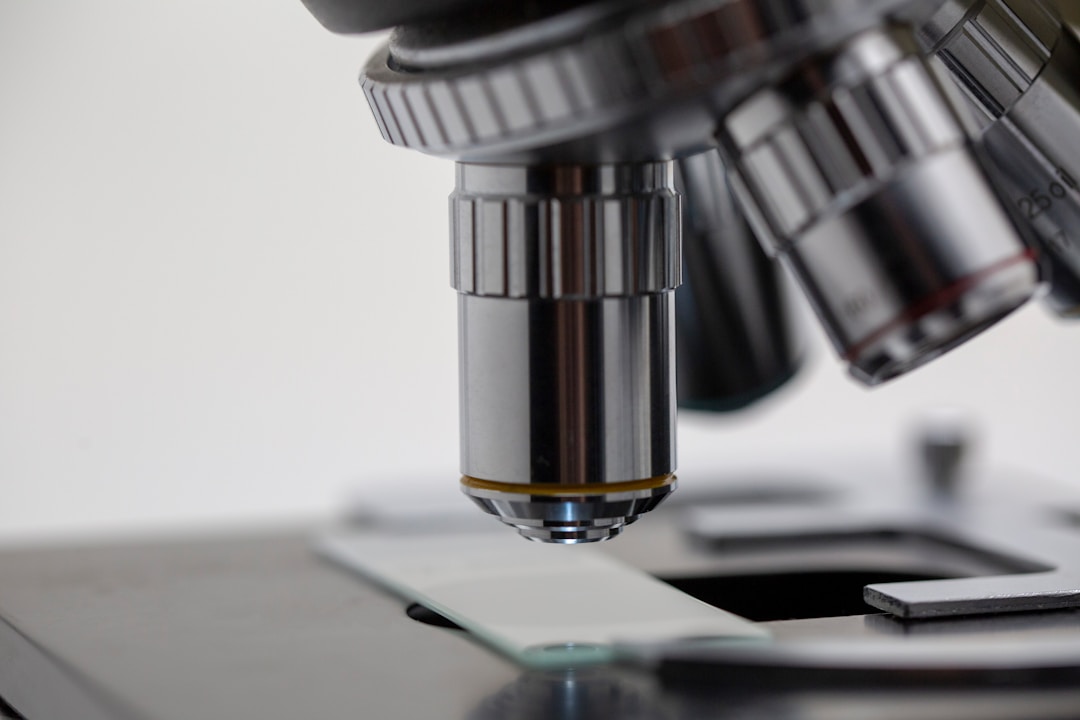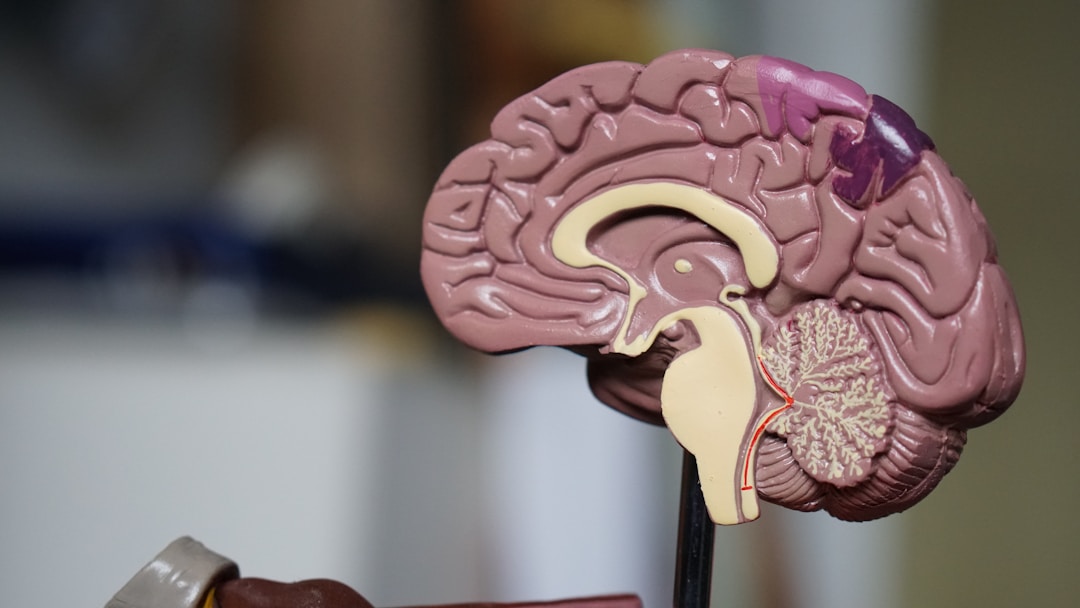Though Alzheimer’s disease is widely known, many people don’t understand much about it. The science behind the progressive neurological condition can be complex, and the symptoms are varied enough that no two cases of Alzheimer’s are exactly the same. The disease is currently incurable, though there are a number of organizations that are making significant and notable progress. If you or someone you love is experiencing Alzheimer’s, read on to learn how far we are in the journey for a cure.
How far are we in the journey to cure Alzheimer’s disease?

While thus far, there hasn’t been a success in clinical trials for any drug intended to cure Alzheimer’s, that doesn’t mean patients and their loved ones shouldn’t have hope for the future. Though Alzheimer’s disease is incurable as of this moment, organizations like the Fisher Center for Alzheimer’s Research Foundation are at the forefront of the fight for a cure. They have provided millions of dollars for novel Alzheimer’s research, led primarily by the late Dr. Paul Greengard, a Nobel Laureate with a Ph.D. In 1953, his research provided the framework that is still used by modern-day researchers to investigate the cause of Alzheimer’s disease.
One advance that has provided important information to researchers is the conclusion that the root of Alzheimer’s is the beta-amyloid protein. These proteins accumulate in the spaces between brain cells and cause them to die. The Fisher Center was among the first to understand the steps that cause the formation of the amyloid protein. They also discovered that pharmacological substances could potentially stop this process.
This research has gotten us closer than ever before to a breakthrough, though there is still a lot to learn and plenty of work to do. Armed with their knowledge about the amyloid protein, they’re now focused on a protein called the amyloid precursor protein (APP). If broken down in a particular way, the APP can result in the production of the beta-amyloid protein. By learning more about this process, scientists hope to develop ways to slow plaque accumulation and take more steps toward a cure.
What is Alzheimer’s disease?

Before discussing the path to curing Alzheimer’s disease, it’s important to understand what it is and how it works. Alzheimer’s is a progressive neurological disorder that causes the brain to shrink and atrophy. Forgetting recent events or conversations is one of the primary early signs of the disease. As symptoms worsen, Alzheimer’s patients experience a continuous decline in thinking, behavioral, and social skills. In the end stages of the disease, patients are unable to function independently. It is currently the sixth-leading cause of death in the United States.
Alzheimer’s disease is believed to be the most common cause of dementia in the United States. About 5.8 million people in the U.S. live with Alzheimer’s disease. Over 80 percent of people experiencing the disease are 75 years of age or older. 50 million people worldwide are believed to have some form of dementia, and between 60 and 70 percent of those people are estimated to have Alzheimer’s.
Researchers have gained a much better understanding of the protein that is responsible for causing Alzheimer’s, as well as how the condition can worsen. Now that scientists have discovered the role the amyloid precursor protein plays in the way the disease works, they can begin looking for ways to slow down the progression of symptoms. These advances have gotten us closer to a cure than ever before, though it will take some time to figure out what the next steps will be. People with Alzheimer’s disease, as well as their loved ones and caregivers, have a lot of reasons to be optimistic about the research being done to prevent and cure the condition.



